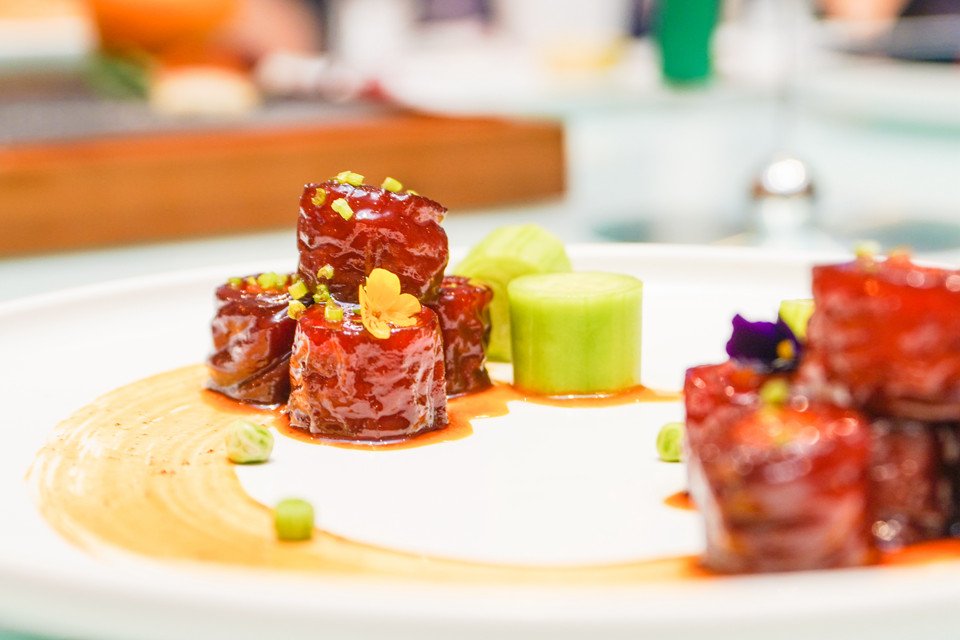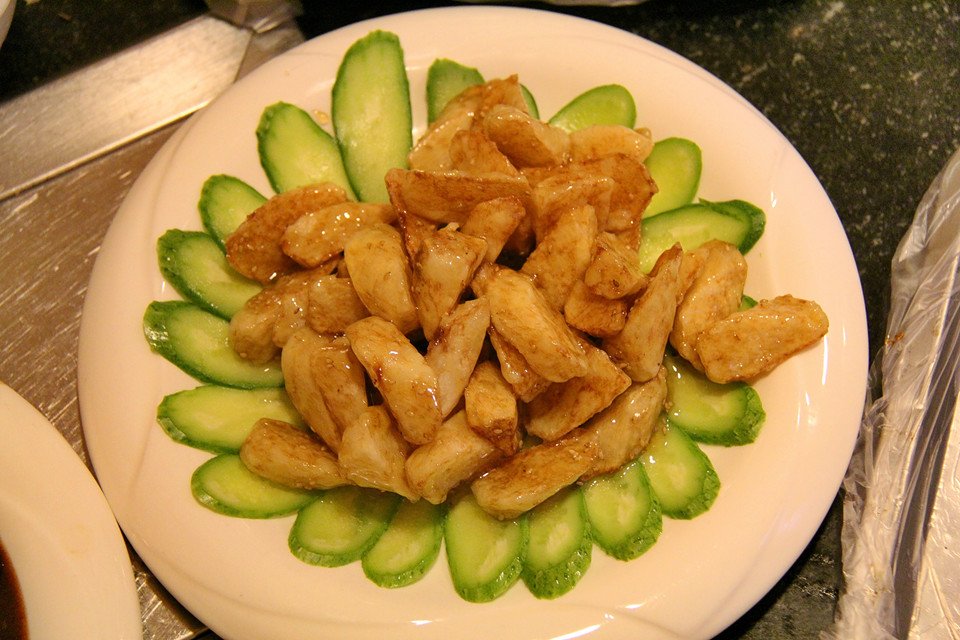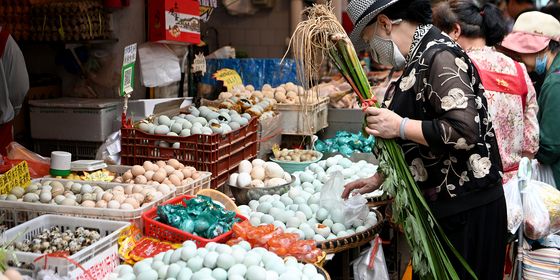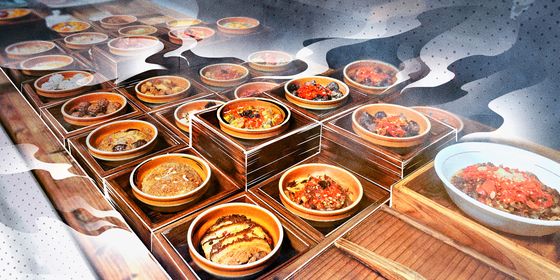Underrated Shandong cuisine, or Lu cuisine, has history, originality, and methodology to go with its taste
Shandong cuisine, or Lu cuisine (鲁菜), is regarded as the premier of the Eight Culinary Traditions of Chinese Cuisine by many, a testament to its history, originality, methodology, and wider impact on northern cuisine.
The famous Peking duck, for instance, was said to have been influenced by Shandong cuisine—from its flavor to the method of wrapping it with spring onion in pancakes. The tastes, methods, and ingredients of Lu cuisine can be found across various regions in the North.
Lu cuisine was first developed during the Spring and Autumn period (770 – 476 BCE), when Shandong was a territory of the Qi and Lu states. The area was economically developed because of the fertile plains and proximity to the sea, and this prosperity translated to the consumption of abundant seafood, grains, and sea salt.
Dishes gradually spread to northern China, including Beijing and Tianjin. Imperial dining was also heavily influenced by Lu cuisine, which was later spread among the masses after the fall of the Qing, permanently elevating the status of Shandong flavors.
In recent years, with the rise of other cuisines—especially Sichuan cuisine, characterized by its hot peppers—some say Shandong food has lost its popularity and influence among young people. It's worth noting, however, that the culinary methods used in Shandong have been adopted by most Chinese people in their daily cooking. For example, stir-frying green onions, ginger, and garlic in hot oil before adding meat or vegetables is a traditional method used for Shandong dishes.
Shandong cuisine is divided into three styles: Jinan, Jiaodong, and the Kong Family Feast.
The Jinan regional style is the core of Shandong cuisine, evolving around the provincial capital, famous for its broth and its meticulous preparation methods.
The Jiaodong style encompasses dishes from parts of eastern Shandong nearest to the ocean. This style is characterized by seafood dishes with a variety of light tastes, using scallops, prawns, clams, sea cucumbers, and squid.
Broth is an indispensable part of Shandong cooking, with an emphasis on three types: raw, light, and milky. The light or clear broth uses chicken, and sometimes small pieces of pork, and is brewed over a low heat. The milky broth usually uses pork bone or belly, and is stewed for hours to give it a white coloring.
Signature Shandong Dishes
Nine-turned Pig Intestine (九转大肠)
China’s love of organs might seem puzzling to those unfamiliar with the culture. Pig intestine is a popular dish across the country, and many methods have been invented to disguise its odor. This dish was created in the Qing dynasty (1616 – 1911), and named after the Daoist elixir “Jiuzhuan Golden Pill” (九转金丹). The preparation varies across Shandong; chefs use ingredients such as vinegar, soy sauce, and ketchup to give the intestines a subtle sour taste. However, the use of sugar in the dish is universal in the province; sugar is poured into the hot oil with other seasonings and stirred until caramelized in order to coat the intestines and give them a sweet flavor to balance the sour.
Sea Cucumber Braised with Green Onion (葱烧海参)
Sea cucumbers are seen as an expensive and high-class food, believed to be beneficial to one’s health. There are many types of sea cucumbers across different parts of Shandong. The sea cucumber itself is bland and the dish relies on green onion, oil, and spices to create a sauce that defines its overall taste. The making of the gravy takes time and special ingredients. The sea cucumber and green onions are braised on a low heat, before both are drenched in gravy.
Spicy Stir-fried Clams (辣炒花蛤)
Clams are a popular seafood choice in Shandong and a relatively easy dish to cook. The key is in the preparation. Clams need to be thoroughly washed. Then, it is recommended to leave them in a bucket of water for a few hours so that they can self-cleanse of sand and dirt. After oil is heated in a wok, green onion and ginger are added before the clams are stir-fried with a dash of cooking alcohol, spicy red peppers, and salt. The dish is best enjoyed while hot, as soon as the clams open, when the meat is drenched in sauce.
Four Happiness Meatballs (四喜丸子)
This dish is a simple plate of four pork meatballs braised in brown sauce, and is often served at weddings. Each ball represents happiness or a type of good luck: prosperity, success, longevity, and happiness (others suggest courtship, marriage, child rearing, and aging). The meatballs are made with minced pork, eggs, and spices. The pork must be minced by hand. The balls are fried until the surface turns golden, then braised on a low heat until thoroughly cooked. They are often served surrounded by steamed bok choy, and in rich brown gravy.
Candied Chinese Yam (拔丝山药)
The Chinese word for “candied” used in cooking is “basi," literally meaning “pulled threads,” a cooking technique that comes from northern China. The sugar is caramelized, then chunks of fruits or vegetables such as yams, potatoes, apples, or bananas are added until thoroughly coated. The dish is served with a bowl of water; when eating, the candied yam chunks are dipped in cold water, so that the toffee sets and the threads can be broken off for eating.
Sticky Chicken (黏糊鸡)
The dish, although not a traditional one, has gained popularity in recent years, especially among younger generations. The chicken is “sticky” because of the sauce. A whole chicken—head, feet, and all—is chopped into bits, stir-fried, and then cooked with spices and sauces on a low heat until the gravy becomes sticky, and the meat is tender and coated in sauce. It is perfect for a homemade meal because the ingredients are easy to find and the recipe isn’t difficult to follow. The dish is intended to be quite salty, making it perfect for dipping steamed buns.
Cover image from VCG
Excerpt taken from Rivers Deep, Mountain High, TWOC’s newest guide to Shandong. Get your copy today from our online store.














